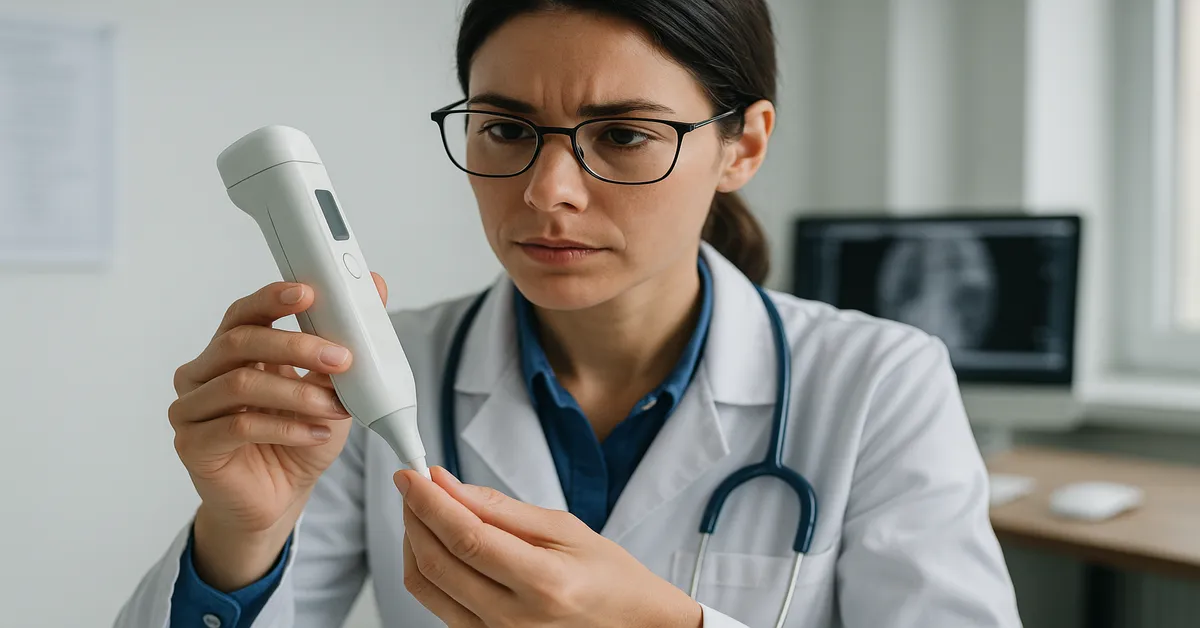Bringing a new medical device to market is never a straight line. Behind every product that reaches hospitals or clinics stands a long trail of strategy, validation, and regulatory navigation. But even before testing performance in real patients, developers face a more basic question: Can we even run this clinical trial successfully — and is it worth it?
That’s where early planning makes or breaks the entire process.
Why does feasibility matter more than ever?
The regulatory landscape — particularly in Europe under MDR — has become more demanding, pushing companies to gather robust clinical evidence early. A feasibility study helps answer critical questions about trial execution: from identifying suitable countries to confirming realistic timelines and estimating costs.
For medical device sponsors, this step isn’t optional. It’s a way to avoid wasted budgets, protocol revisions, and underperforming sites. But beyond operations, feasibility touches something deeper — strategic alignment between product promise and research reality.
A medical device feasibility study typically includes a blend of desktop research, expert input, and communication with potential clinical sites. It’s not just about planning — it’s about understanding the landscape in which the device will be tested and eventually used.
Quick insights feasibility studies can uncover:
- Whether patient populations are accessible in specific regions
- How fast local ethics committees approve protocols
- If experienced investigators are available
- Whether recruitment targets are achievable
- What potential delays or cost overruns could occur
These insights often determine whether the study is viable at all, or if adjustments are needed before proceeding. In some cases, a feasibility assessment can reveal major risks early enough to pivot the development strategy and avoid major losses.
What makes clinical performance studies uniquely challenging?
Unlike drugs, devices require hands-on interaction. Their success depends not just on safety and efficacy, but on usability, design robustness, and consistency across users and settings. That’s why medical device performance testing is more than checking if a product “works” — it’s about understanding how it performs under real-world conditions.
Clinical performance studies are also subject to specific regulatory requirements. Under MDR, performance data must directly support the intended purpose of the device and demonstrate a favorable benefit-risk profile. These studies involve complex planning, because device interactions often differ across user demographics and care settings.
Additionally, clinical performance trials may incorporate software components, human factors testing, or long-term monitoring. This makes them fundamentally different from pharmaceutical trials, which tend to follow more uniform protocols.
Core elements of a solid performance study
- Purpose-driven design — Each study should reflect the device’s classification, intended use, and risk profile.
- Endpoint precision — Outcomes must be measurable, relevant, and acceptable to regulators.
- Investigator consistency — Trained professionals reduce variation and improve data quality.
- Patient safety monitoring — Ongoing tracking of adverse events is a regulatory necessity.
- Statistical robustness — Proper data analysis confirms not just results, but their repeatability.
- Post-market considerations — Data from performance studies often contribute to post-market surveillance (PMS) and PMCF plans.
- Device-specific nuances — Certain studies may need to test durability, calibration drift, or software performance over time.
How do feasibility and performance intersect?
The success of one stage often depends on the foundation laid by the other. A well-conducted feasibility study directly informs the design of the subsequent clinical performance trial — shaping everything from site selection to recruitment strategies and data collection workflows.
When aligned, these two phases create a coherent development pathway. They reduce duplication, improve efficiency, and deliver stronger evidence packages for regulators and future market access.
A feasibility study might reveal that a multicenter design is more feasible in Eastern Europe, while performance testing may demand user feedback from a Western European hospital setting. Without alignment between these steps, companies risk collecting incomplete or non-generalizable data.
What risks do you face by skipping the planning phase?
Some companies push straight into clinical testing under time pressure or due to overconfidence. But without a clear plan, even the most innovative device can stumble. Missed enrollment targets, inconsistent data, and last-minute protocol changes are frequent — and often avoidable — problems.
Planning is not bureaucracy. It’s risk management, resource optimization, and a reality check rolled into one. Clinical trials are expensive and time-consuming, so the price of poor preparation is high.
Long-term benefits of early strategic planning:
- Stronger data: High-quality, well-controlled trials yield defensible evidence.
- Fewer surprises: Operational and regulatory hurdles are anticipated, not reactive.
- Smarter budgets: Costs align with realistic recruitment and study duration.
- Regulatory alignment: Compliance with MDR is built into the process — not patched in later.
- Faster execution: Knowing where and how to act reduces wasted time between phases.
- Better investor confidence: Structured planning supports due diligence and funding rounds.
Understanding both medical device feasibility and medical device performance testing is essential for any manufacturer entering the clinical phase. Together, they ensure that every step — from design to data collection — is intentional, compliant, and built to support long-term success.
When approached strategically, these processes do more than meet regulatory demands. They help turn promising innovations into trusted solutions for real-world patient care — and ensure that devices don’t just function in theory, but perform reliably in the hands of clinicians and patients alike.

